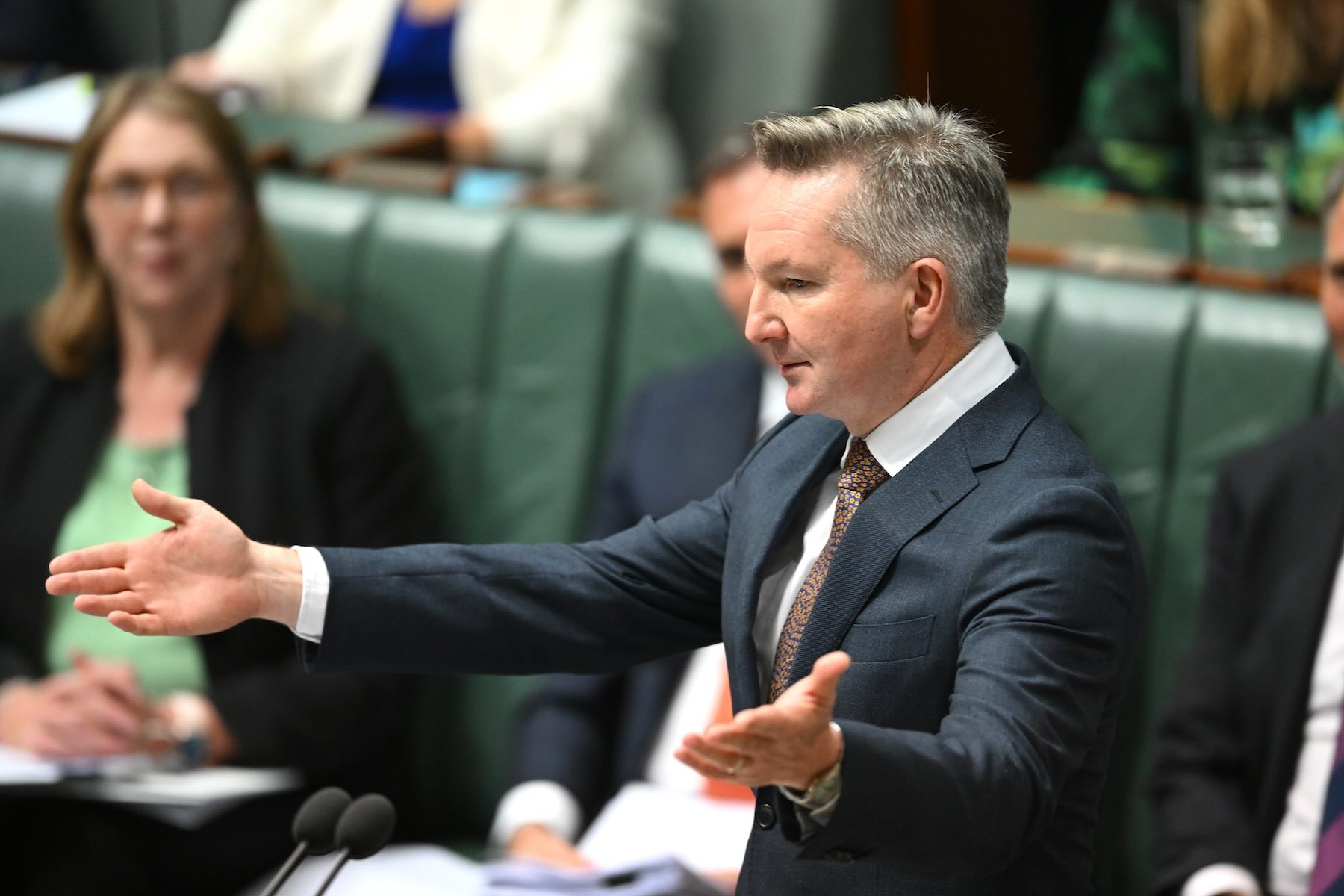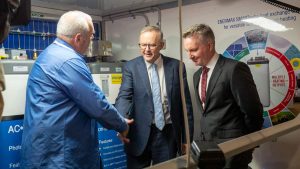In case you missed them, the government released its annual climate change statement, the emissions projections and quarterly emissions updates, and the CCA released its annual progress report last week.
Here are some highlights for me:
💠 Two sectors have been doing the bulk of the effort when it comes to emissions reductions. The land sector drove most of the emissions reductions between 2005 and 2020. Now electricity has taken over, and is expected to drive most emissions reductions to 2030. Other policies which are expected to make significant contributions are the new vehicle efficiency standards and the Safeguard Mechanism.
💠 There are several pieces of good news, with in particular the transformation achieved in the electricity sector. Renewables represent nearly 40% of generation in the NEM now, compared to 6% in 2005.
Coal has decreased materially (from about 88% to 56% in the NEM), and gas is the main driver of recent emissions reductions (60% reduction in the last decade in the NEM).
Imports of heatpumps have skyrocketed (multipled by 5 since 2019), and so have electric vehicles EV which represented about 10% of new vehicles in September from near 0% in 2019.
💠 While it was good to hear that the government thinks we’re on track to the 2030 target, they seem to make some very optimistic assumptions: we reach 82% renewables by 2030 across Australia, with current policies enough to support this.
In contrast, the CCA suggests further efforts are required to ensure Australia meets its 82% renewable target. Also, the projections assume a material drop in fossil fuel production after 2030, with the market apparently driving this outcome given the total absence of policies to do so.
💠 Some of the recent changes are not so positive. Manufacturing emissions dropped significantly, but this was mostly driven by decreases in local production.
About 3/4 of Australia’s refinery capacity closed down, cement manufacturers are now importing a much larger share of emissions-intensive clinker instead of making it locally, and chemical plants have been closing down.
This is in part due to very high gas prices since Australia started exporting LNG. In contrast, emissions from fossil fuel production have increased materially and now represents about 20% of Australia’s total emissions, or more like 24% if we account for the likely underreporting of methane emissions.
Amandine Denis-Ryan is CEO of IEEFA Australia.










